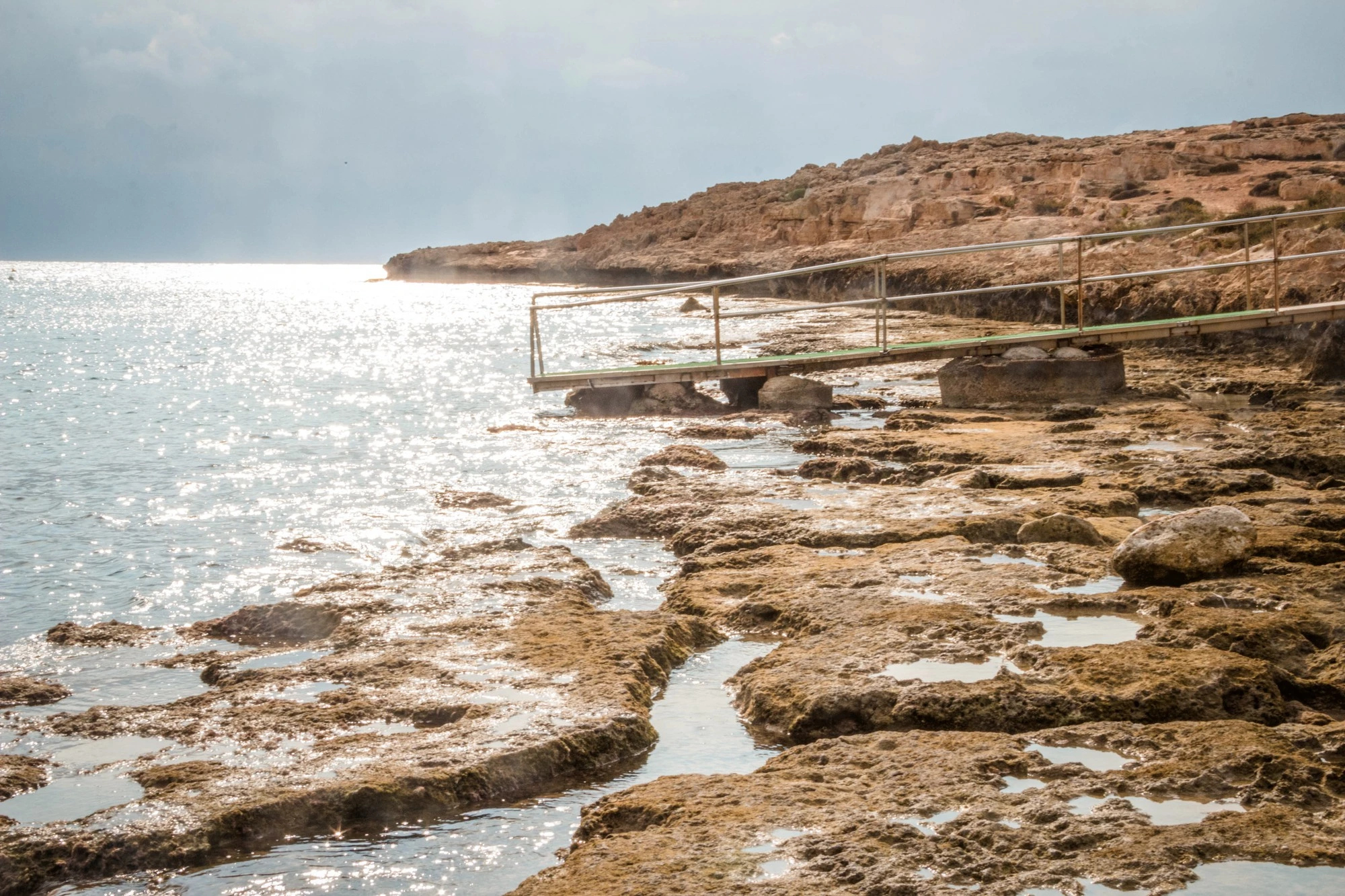Waterfront properties offer scenic views and unique living experiences, but they also come with challenges like unstable soil and erosion. Soil stabilization is a critical process that ensures the foundation of these properties remains secure and resistant to environmental factors. By enhancing soil strength and reducing erosion risks, property owners can protect their investments and maintain the safety and integrity of their land. Here are five key aspects of soil stabilization and its importance for waterfront properties:
1. Understanding Soil Stabilization
Soil stabilization involves improving the physical and chemical properties of soil to enhance its strength, stability, and load-bearing capacity. For waterfront properties, where soil is often loose or prone to erosion, stabilization techniques like compaction, chemical treatments, or geosynthetics can make a significant difference. These methods not only support construction but also prevent soil displacement caused by water action.
2. Combating Erosion
Waterfront properties are highly susceptible to erosion due to wave action, rain, and tides. Soil stabilization acts as a preventive measure by binding soil particles together, reducing the likelihood of erosion. Techniques like the use of retaining walls, vegetation planting, and soil additives help create a protective layer that withstands environmental stress.
3. Improving Load-Bearing Capacity
Stable soil is essential for supporting structures like homes, decks, and seawalls. Unstable or weak soil can lead to uneven settling, cracks, and even structural failure. Through soil stabilization methods like lime treatment or mechanical compaction, property owners can ensure their soil has the strength required to support their construction projects.
4. Enhancing Environmental Sustainability
Stabilized soil contributes to a healthier and more sustainable environment. By preventing soil erosion and runoff, stabilization reduces the impact on nearby water bodies and ecosystems. Additionally, planting vegetation as part of the stabilization process helps restore natural habitats while securing the soil.
5. Long-Term Cost Benefits
While soil stabilization may require an upfront investment, it saves significant costs in the long run. Stabilized soil reduces the need for frequent repairs, prevents structural damage, and minimizes property degradation caused by erosion. For waterfront property owners, this investment ensures the land’s durability and value over time.



